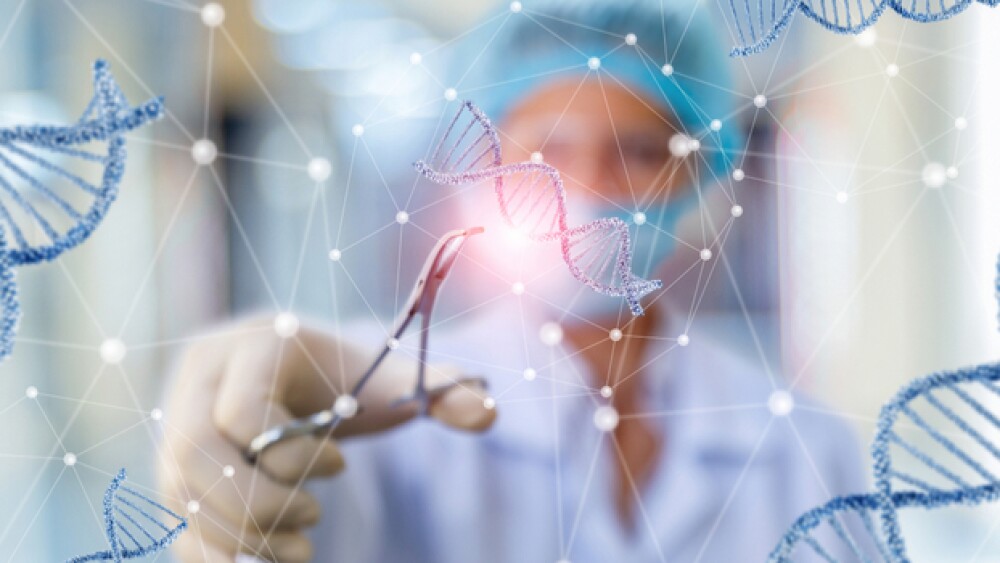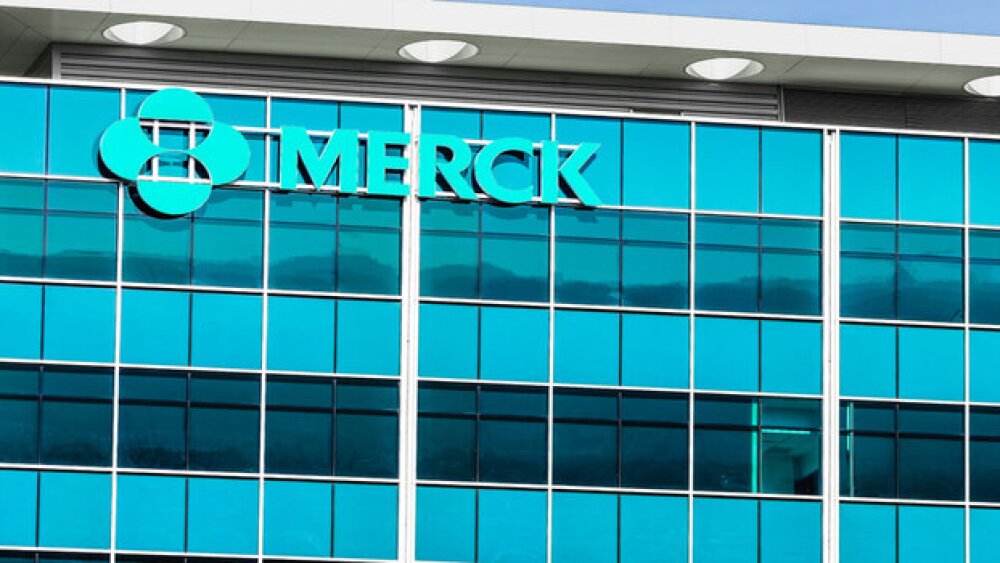The technique allows the researchers to engineer the virus shell to deliver the gene package to the exact cell type in the body they intend to treat.
Gene therapy is a way of delivering healthy genes or genetic material to cells in order to treat genetic disorders. The most common way to do this is using adeno-associated viruses (AAVs). The outer part of the virus, called the capsid, is generally retained, but the viral genes are replaced with the therapeutic genes. Attempts have been made to improve the capsid or shell of the virus, but usually fail. George Church and his team at Harvard Medical School have developed a technique to modify the capsid. Last year, Church co-founded a company, Dyno Therapeutics, to develop this approach.
Related research from the Karolinska Institute and Lund University in Sweden was recently published by senior author and Dyno co-founder Tomas Björklund, with Lund, in PNAS, the Proceedings of the National Academy of Sciences of the United States of America.
The technique allows the researchers to engineer the virus shell to deliver the gene package to the exact cell type in the body they intend to treat. The process leverages computer simulations and modeling with gene and sequencing technology.
“Thanks to this technology, we can study millions of new virus variants in cell culture and animal models simultaneously,” Bjorklund said. “From this, we can subsequently create a computer simulation that constructs the most suitable virus shell for the chosen application—in this case, the dopamine-producing nerve cells for the treatment of Parkinson’s disease.”
The technique also dramatically decreases the need for laboratory animals. The millions of variations on the same therapy can be studied in the same individual.
The Lund authors wrote, “A challenge with the available synthetic viruses used for the treatment of genetic disorders is that they originate from wild-type viruses. These viruses benefit form infecting as many cells as possible in the body, while therapies should most often target a particular cell type, for example, dopamine neurons in the brain.”
Current approaches to finding the most advantageous viruses for gene therapy use random screening, enrichment and, the authors say, “serendipity.” Their technique is dubbed BRAVE (barcoded rational AAV vector evolution). In BRAVE, each virus displays a peptide derived from a protein. That peptide as a known function on the AAV shell surface and what they call “a unique molecular barcode in the packaged genome.”
By sequencing the RNA-expressed barcodes, they can map the binding sequences from hundreds of proteins simultaneously. They liken the technique to accelerating evolution from millions of years to just weeks.
Bjorklund said “The reason we can do this is that we study each ‘generation’ of the virus in parallel with all the others in the same nerve cells. Unlike evolution, where only the best suited live on to the next generation, we can also learn what makes the virus work less well through this process. This is crucial when building computer models that interpret all the information.”
Dyno co-founders also recently published a publication in the journal Science that demonstrates the power of a machine-guided approach to engineer improved capsids for gene therapy delivery. This research was conducted by Dyno co-founders Eric D. Kelsic, Ph.D. and Sam Sinai, Ph.D., together with colleague Pierce Ogden, Ph.D., at Harvard’s Wyss Institute for Biologically Inspired Engineering and the Harvard Medical School laboratory of George M. Church, Ph.D., a Dyno scientific co-founder.





